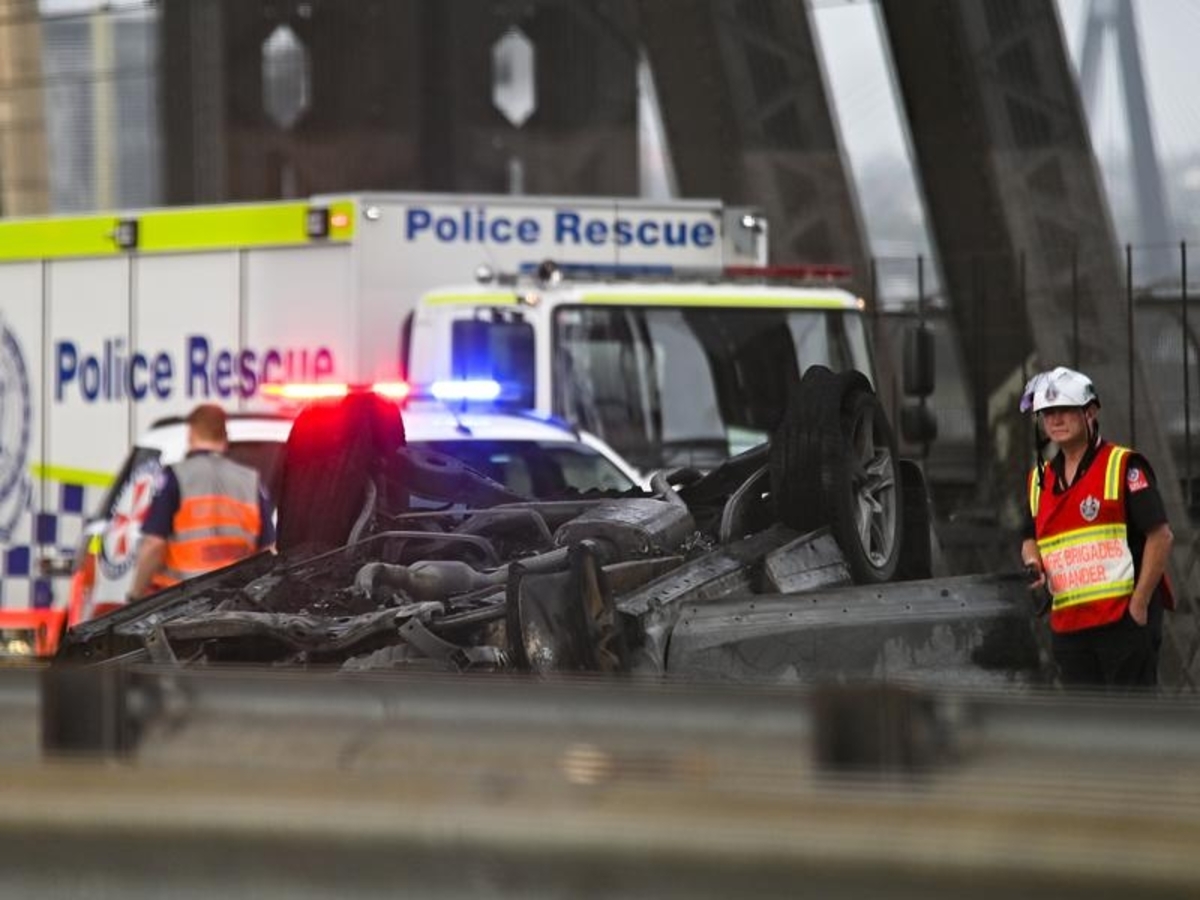
Australian governments will consider slowing speed limits, accelerating car safety features, getting older vehicles off roads and changing the way injuries and fatalities are reported as part of a new transport strategy.
The federal government released its National Road Safety Action Plan on Tuesday as part of a 10-year project to reduce road trauma and get closer to its goal of no road deaths by 2050.
The plan, agreed to by state and territory governments, will establish safety guidelines for the next three years.
Automotive groups mainly welcomed the plan, including its focus on greater research and accident reporting, but some said the federal government missed an important opportunity to share warnings about road ratings and black spots.
Federal Transport Minister Catherine King launched the action plan, promising it lead to federal, state, territory and local governments developing a common set of rules to reduce road risks.
"No deaths and serious injuries on Australian roads by 2050 is the Australian government's Vision Zero commitment but we all need to play our part," she said.
Under the plan, a working group will co-ordinate the collection of road accident information across states and territories to create a national dashboard of road safety information.
Governments will also review the default speed limit on open roads in Australia, with a particular focus on unsealed roads in regional and rural areas and conduct risk assessments on busy remote roads to address a growing number of fatal accidents.
The federal government also committed to investigating ways to reduce the number of older, less-safe vehicles in regional areas and change Australian Design Rules to encourage car safety features such as lane-departure warnings, reversing cameras and driver drowsiness warning systems.
ANCAP Safety chief executive Carla Hoorweg welcomed provisions in the plan to replace older vehicles, saying advanced automotive safety features had reduced the risk or death or serious injury in a crash by an average of 25 per cent between 2010 and 2019.
"For the Australian government to meet its targets, it will be necessary to bring down the average age of the Australian vehicle fleet," Ms Hoorweg said.
"If we are to see a dramatic shift of the needle with road-related trauma, it means... removing the older and less-safe vehicles from our roads."
But Australian Automobile Association managing director Michael Bradley criticised parts of the new strategy, saying it missed an opportunity to demand more information about serious accidents, road safety ratings and the country's most dangerous black spots.
"The new federal government has a golden opportunity to reset the dial on road safety by making its road funding grants to states contingent on transparency of road safety data," he said.
"But this report is silent on the issue of evidence-based road funding. The government must address this issue in May's budget."







